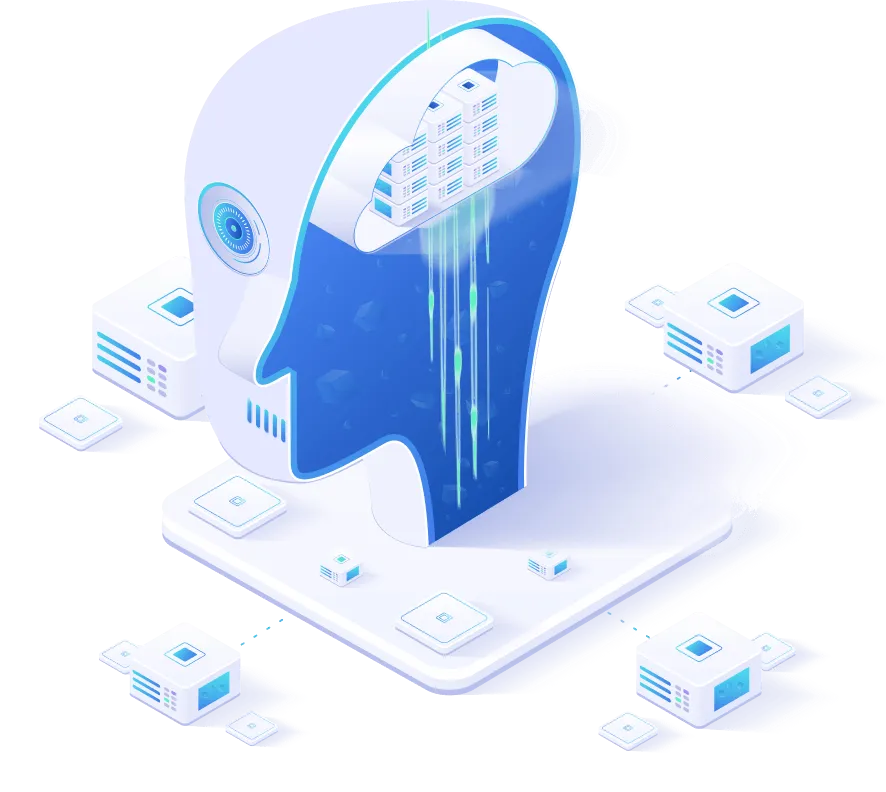In today’s business landscape, achieving higher conversions, customer loyalty, and brand advocacy is the ultimate goal. To attain these objectives, mastering user engagement is key. Web personalization is a potent strategy that allows businesses to connect with their audience on a deeper level. Modern consumers expect personalized experiences that resonate with their unique preferences and needs. Web personalization involves tailoring your website to match each user’s interests, behavior, and demographics, creating a bespoke experience for every visitor. This connection makes users more likely to stay engaged, explore further, and become loyal customers. In this post, we will explore proven web personalization strategies and provide examples for inspiration.
8 Web Personalization Strategies to Elevate User Engagement:
Affinity-Based Personalization: Understanding user affinity is vital for crafting personalized experiences that truly engage your visitors. Affinity profiling assigns scores to users based on their interactions with products, helping predict relevant items for them in the future. By capturing engagement types and product attributes, you can calculate affinity scores that rank preferred product colors, categories, and brands. This approach helps you showcase products users are more likely to engage with at any given moment.
Activity-Based Personalization: Analyzing user actions, such as clicks, browsing patterns, cart additions, and more, is the focus of activity-based personalization. This strategy enables businesses to gain insights into individual preferences and intent, allowing for targeted content, product recommendations, and offers. By tracking user interactions, you can identify immediate interests, guide user journeys, and offer personalized discounts based on user preferences.
Past Purchase/Engagement-Based Personalization: Analyzing customers’ past purchase history and engagement data is highly effective. This approach enables businesses to tailor product and category pages to showcase items similar to a customer’s tastes and preferences. The result is capturing users’ attention and encouraging them to explore further, leading to increased time spent on the website.
Aggregated Consumer-Based Personalization: This strategy involves analyzing the interests and buying behavior of customers with similar characteristics, such as demographics and preferences. By identifying patterns and commonly bought-together items, businesses can offer personalized recommendations and promotions that resonate with a broader audience. This approach encourages users to discover complementary products and increases engagement.
Geotargeting-Based Personalization: Geotargeting delivers personalized content and product recommendations based on users’ geographic location. By collecting location data, businesses can provide content relevant to users’ regions, such as localized promotions, seasonal products, or regional events. Geotargeting enhances user engagement by creating a sense of familiarity and connection with the website.
Referral Source-Based Personalization: Targeting visitors based on their referral sources allows businesses to tailor content and offers to match their expectations. For example, visitors from social media may be interested in products, while those from a Google search may seek information. This approach creates a seamless and relevant experience, enhancing user engagement.
Psychographic-Based Personalization: This approach delves into users’ personalities, beliefs, values, and motivations to create more meaningful and engaging experiences. By adapting content to align with psychographic factors, businesses foster a sense of connection and relevance, encouraging users to engage with each other and become brand advocates.
Predictive Segmentation and Personalization: Predictive segmentation uses machine learning to create segments based on users’ propensity for specific actions, such as making a purchase. By proactively personalizing communication, businesses can increase engagement and drive users back to key touchpoints like the website with more contextual messages.
5 Web Personalization Examples:
Powerlook: This Indian e-commerce brand uses web personalization to create unique experiences for users based on multiple attributes and custom events. By recommending relevant products and content, Powerlook achieved over a 300% increase in unique conversions.
Happilo: Happilo, a gourmet health food brand, improved abandoned cart recovery by 286% through web personalization. By analyzing user attributes and behavior, Happilo optimized its platform experience, resulting in higher user engagement.
Starbucks: Starbucks provides personalized recommendations for coffee blends, food items, and beverages based on user preferences and purchasing history. Location-based personalization also suggests nearby store locations, enhancing user engagement.
Sephora: Sephora curates personalized product suggestions based on customers’ beauty profiles, increasing user engagement by showcasing items that align with their needs and interests.
Zomato: Zomato, India’s leading food delivery app, uses web personalization to provide food recommendations based on users’ browsing and purchasing history. This personalized approach encourages users to explore more and place orders.
Conclusion
Web personalization is a powerful strategy for boosting user engagement and driving business growth. By analyzing user interactions and adapting website experiences in real-time, businesses can create personalized journeys that deeply resonate with their audience. The key to effective web personalization lies in active segmentation and real-time adaptation, and platforms like WebEngage empower businesses to achieve this seamlessly. Take personalization to the next level to enhance user engagement and drive success.
[Note: This content is a summary of a post from our partner and can be found in its entirety on the partner’s website at https://webengage.com/blog/boost-your-user-engagement-with-web-personalization/]





